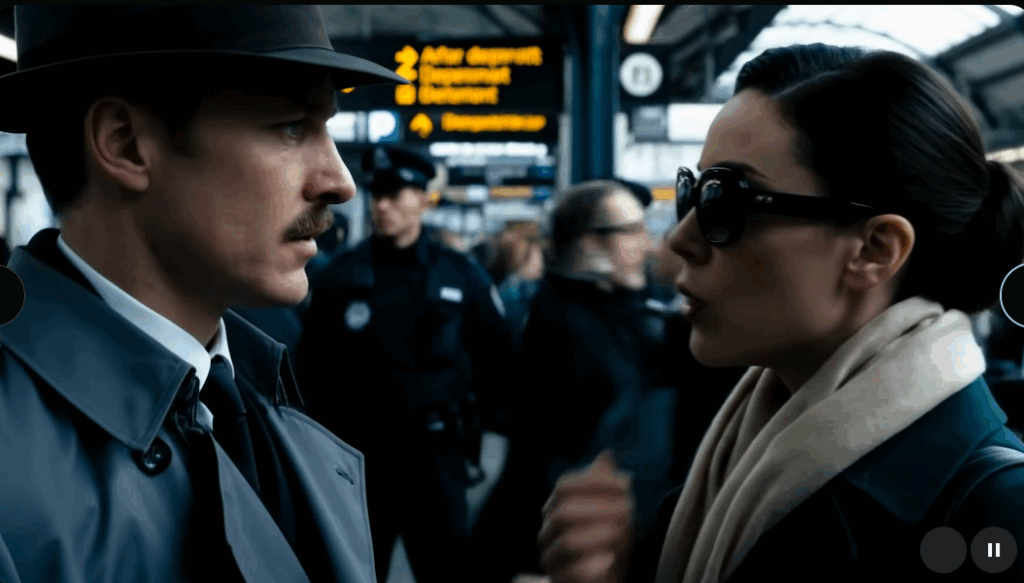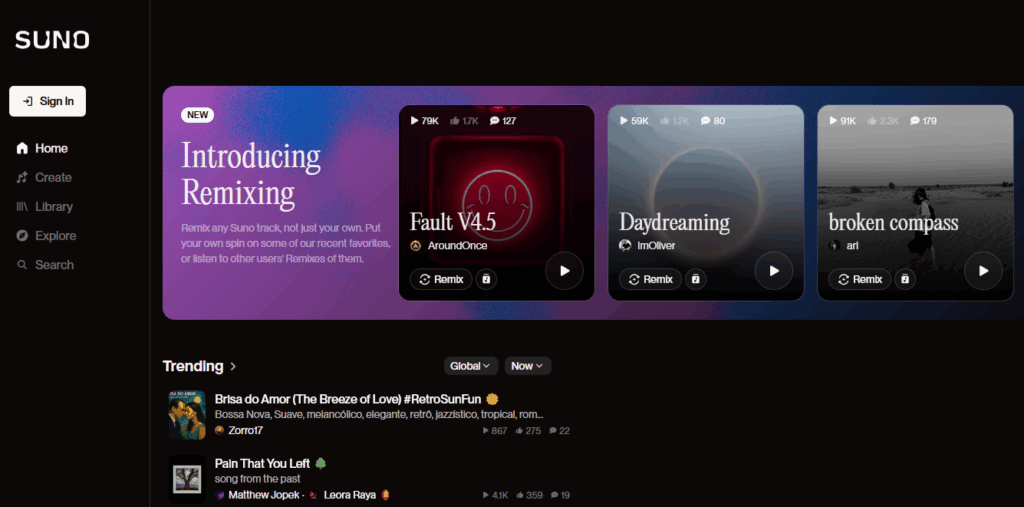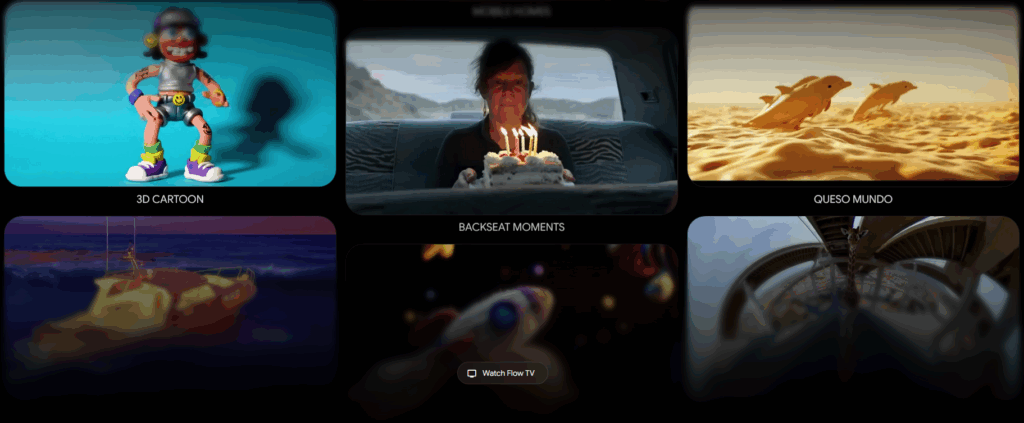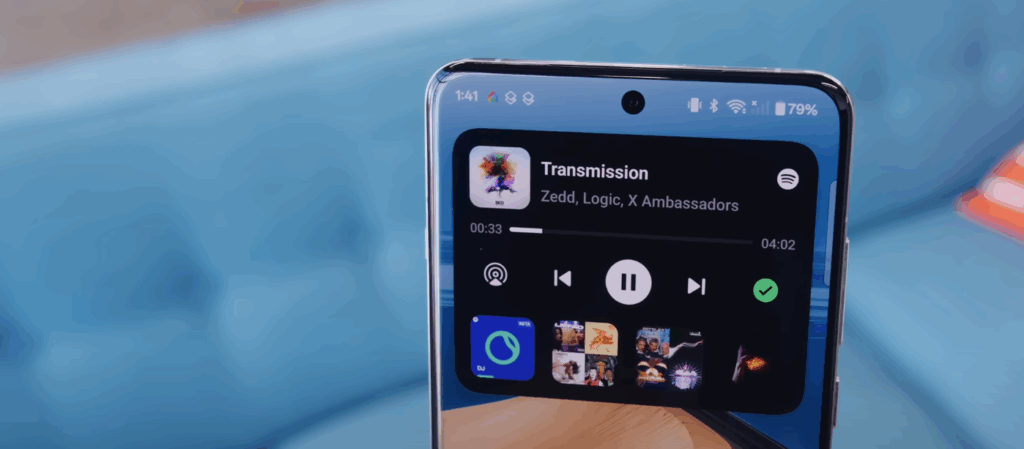
Introduction
AI-powered video generation has gone mainstream in 2025, making high-quality, cinematic content more accessible than ever. Whether you’re a marketer, educator, YouTuber, social media creator, or business owner, these AI tools let you create professional-grade videos in minutes, with minimal technical skills.
But with so many options available, how do you choose the right one?
This in-depth guide reviews the top AI video generators of 2025, comparing their features, pricing, use cases, pros, and cons. By the end, you’ll know exactly which AI video generator fits your needs and budget.
📌 Table of Contents
- What Are AI Video Generators?
- Why Use AI Video Generators?
- Top AI Video Generators of 2025
- 1️⃣ Google Veo
- 2️⃣ Pika Labs 2.0
- 3️⃣ Runway Gen-3
- 4️⃣ Sora by OpenAI
- 5️⃣ DeepBrain AI Studio
- 6️⃣ Synthesia 2025
- How to Choose the Best AI Video Generator
- Frequently Asked Questions (FAQ)
- Final Verdict
🤖 What Are AI Video Generators?
AI video generators are software platforms that use artificial intelligence to create videos automatically. They can turn text prompts, scripts, images, or audio into fully edited videos, complete with animations, voiceovers, and effects.
Unlike traditional editing, these tools use advanced machine learning models to automate creative decisions, cutting production time from days to minutes.
🎯 Why Use AI Video Generators?
AI video tools are game changers for creators of all kinds. Here’s why they’re so popular:
✅ Speed: Create content in minutes instead of hours.
✅ Cost Savings: No need to hire expensive videographers or editors.
✅ Accessibility: No prior video editing skills required.
✅ Customization: Style, pacing, voice, and visuals can all be tailored.
✅ Scalability: Perfect for businesses that need lots of content fast.
🌟 Top AI Video Generators of 2025
Below, we’ll compare the six best AI video generators of 2025 in detail:

1️⃣ Google Veo
Overview:
Google Veo is the most advanced AI video model from Google DeepMind. It turns text prompts into ultra-realistic, cinematic-quality videos.
Key Features:
- Supports long-form storytelling.
- Cinematic camera moves, realistic physics.
- Fine-grained style controls (genre, mood, color grading).
- Seamless text-to-video editing tools.
Pros:
✔️ Hollywood-level visuals.
✔️ Great for marketing agencies and creatives.
✔️ Powerful editing refinements.
Cons:
❌ Limited public access (waitlist in many regions).
❌ High hardware requirements for best quality.
Best For: Professionals, studios, advanced creators.
2️⃣ Pika Labs 2.0
Overview:
Pika Labs 2.0 has become a favorite for short-form creators and social media marketers.
Key Features:
- Fast text-to-video generation.
- Supports image-to-video and video editing.
- Highly shareable, stylized outputs.
- Collaborative tools for teams.
Pros:
✔️ Easy to learn.
✔️ Great for TikTok/Reels content.
✔️ Affordable pricing.
Cons:
❌ Not as cinematic as Veo.
❌ Limited resolution options for free plans.
Best For: Social media creators, marketers, teams.
3️⃣ Runway Gen-3
Overview:
Runway’s Gen-3 model is a versatile, pro-friendly AI video generator with impressive creative controls.
Key Features:
- Text-to-video with style prompts.
- Inpainting and outpainting video tools.
- Stable Diffusion-based effects.
- Multi-shot storyboards.
Pros:
✔️ Fine creative control.
✔️ Supports frame-by-frame editing.
✔️ Web-based and collaborative.
Cons:
❌ Subscription costs can add up.
❌ Steeper learning curve for advanced features.
Best For: Designers, indie filmmakers, creative pros.
4️⃣ Sora by OpenAI
Overview:
Sora is OpenAI’s next-gen video model capable of generating detailed, multi-second clips from text prompts.
Key Features:
- Highly realistic motion and detail.
- Can model complex scenes and physics.
- Integrates with ChatGPT for prompt refinement.
- Currently rolling out to selected partners.
Pros:
✔️ Stunning realism.
✔️ Tight integration with AI assistants.
✔️ Promising for professional content.
Cons:
❌ Limited public access at launch.
❌ Still evolving with feedback.
Best For: Early adopters, research, high-end creative projects.
5️⃣ DeepBrain AI Studio
Overview:
DeepBrain focuses on AI avatars and realistic AI presenters, making it ideal for business and training videos.
Key Features:
- Hyper-realistic talking avatars.
- Multi-language support.
- Custom brand voices.
- Easy script-to-video workflow.
Pros:
✔️ Perfect for corporate training.
✔️ Supports dozens of languages.
✔️ Consistent, polished output.
Cons:
❌ Less flexible for cinematic content.
❌ Monthly subscription required for full features.
Best For: Businesses, educators, training departments.

6️⃣ Synthesia 2025
Overview:
Synthesia remains the gold standard for professional AI avatar videos.
Key Features:
- Wide range of avatars.
- Supports over 120 languages.
- Customizable backgrounds and branding.
- Easy script editing and subtitling.
Pros:
✔️ Extremely user-friendly.
✔️ Great for corporate communication.
✔️ Consistent, professional results.
Cons:
❌ Not suitable for fully cinematic storytelling.
❌ Costs scale with volume.
Best For: Businesses, educators, marketing teams.
📈 How to Choose the Best AI Video Generator
Choosing the right tool depends on your goals, budget, and technical skill.
✅ Consider your use case:
- Marketing videos? Social media? Training? Film?
✅ Check pricing: - Free plans often have watermarks or limits.
✅ Look for essential features: - Text-to-video, image-to-video, avatars, language support.
✅ Test ease of use: - Some tools are beginner-friendly; others need more skill.
✅ Check output quality: - Higher-end tools like Google Veo and Sora produce near-cinematic results, while others focus on talking-head or stylized clips.
Pro Tip: Always try free trials before committing.
🌐 Integration with Other Creative Tools
A major advantage of 2025’s best AI video generators is their seamless integration with other creative tools. Platforms like Runway Gen-3 and Pika Labs 2.0 offer direct exports to popular editing software such as Adobe Premiere Pro and Final Cut, letting professionals fine-tune AI-generated clips within traditional workflows. Google Veo’s upcoming integrations promise easy handoff to YouTube Studio or Google Drive for cloud-based collaboration. This level of integration is essential for teams managing large content pipelines or creators looking to add custom branding and subtitles. The result? An end-to-end workflow where AI doesn’t replace human creativity but enhances it, reducing grunt work while leaving you in control of final polish.
💼 Use Cases Beyond Social Media
While AI video generation is a hit on TikTok, Instagram, and YouTube Shorts, its applications in 2025 go far beyond social media. Businesses are using AI-generated training videos to standardize onboarding and compliance, saving thousands on production costs. Real estate agencies create virtual walkthroughs with AI-driven narration and visual staging. E-commerce brands generate polished product demos on demand. Even educators and non-profits use these tools to create accessible, multilingual learning content at scale. This diversity of use cases proves AI video generation is not just a fad—it’s a flexible, cost-effective solution reshaping how all industries approach visual communication.
📣 Ethical Considerations and Best Practices
As AI video generation becomes more accessible, ethical considerations are more important than ever. Responsible creators should always label AI-generated content clearly to avoid misleading viewers. Many platforms now include automatic disclaimers or watermarks for transparency. It’s also critical to respect copyright when training custom AI models or using input images. Finally, creators should consider cultural sensitivity and inclusivity in their prompts and outputs. By adopting ethical best practices, brands and creators can build trust with their audience while showcasing the incredible potential of these next-generation creative tools.
🤔 Frequently Asked Questions (FAQ)
✅ Are AI video generators free?
Many offer free tiers with limits (watermarks, low resolution). Premium plans typically start around $10–$50/month depending on features.
✅ Can AI video generators replace human editors?
They automate many tasks but creative oversight is still important. For high-end production, humans remain crucial for story, pacing, and emotional nuance.
✅ Is AI-generated video legal to use commercially?
Generally yes—but always review the tool’s licensing terms, especially for commercial use. Some require attribution or have content restrictions.
⭐ Final Verdict
AI video generation is one of the most exciting creative revolutions of 2025. Whether you’re a solo creator, small business owner, or large enterprise, there’s a tool that can save you time and elevate your content.
Google Veo is best for cinematic quality, Pika Labs 2.0 is perfect for social content, and Runway Gen-3 offers incredible creative control. Sora by OpenAI pushes boundaries with realism, while DeepBrain and Synthesia dominate the avatar-based corporate video space.
Ultimately, the best AI video generator is the one that matches your unique goals, budget, and creative vision. Explore these options, test them yourself, and unlock a new era of video creation in 2025!


